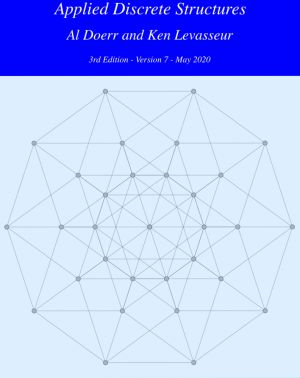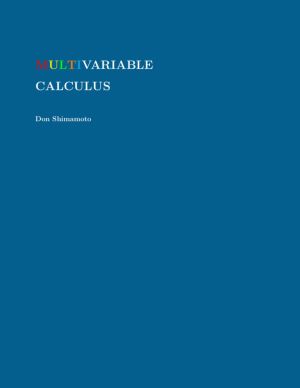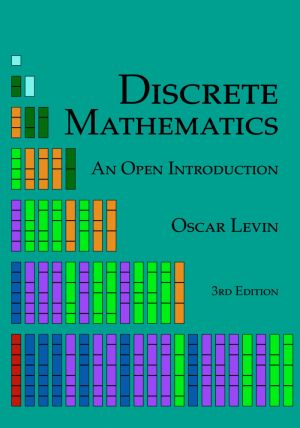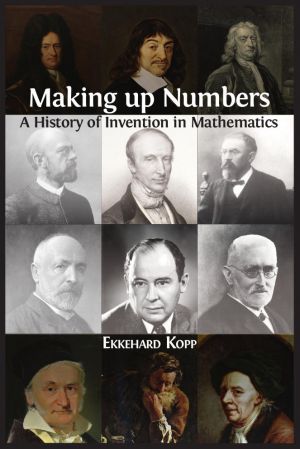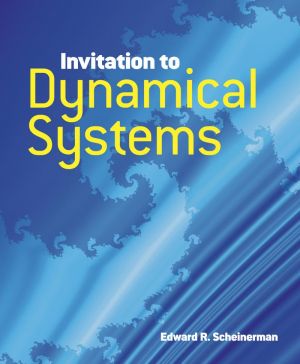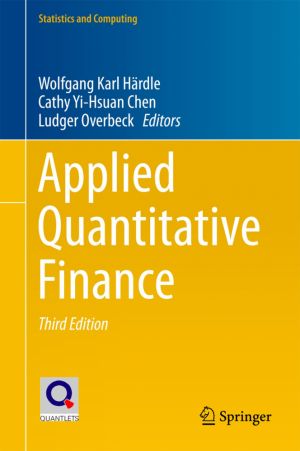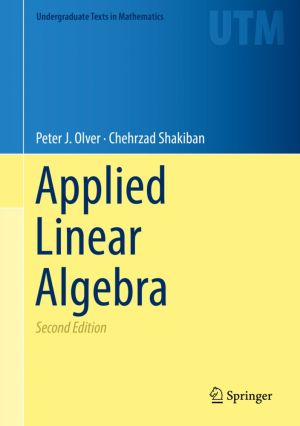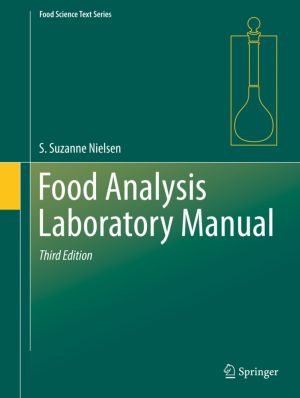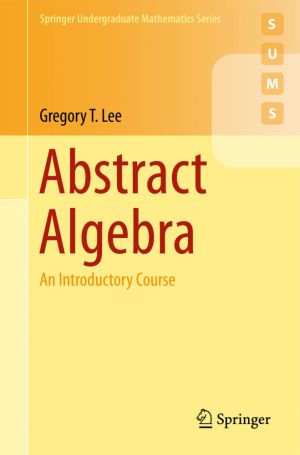Science and Mathematics
Free Download Open Books
by Al Doerr, Ken Levasseur
Applied Discrete Structures, is a two semester undergraduate text in discrete mathematics, focusing on the structural properties of mathematical objects. These include matrices, functions, graphs, trees, lattices and algebraic structures. The algebraic structures that are discussed are monoids, groups, rings, fields and vector spaces. Applied D...
by Don Shimamoto
This book covers the standard material for a one-semester course in multivariable calculus. The topics include curves, differentiability and partial derivatives, multiple integrals, vector fields, line and surface integrals, and the theorems of Green, Stokes, and Gauss. Roughly speaking, the book is organized into three main parts corresponding to ...
by Oscar Levin
Discrete Mathematics: An Open Introduction is a free, open source textbook appropriate for a first or second year undergraduate course for math majors, especially those who will go on to teach. Since Spring 2013, the book has been used as the primary textbook or a supplemental resource at more than 75 colleges and universities around the world (see...
by Ekkehard Kopp
Making up Numbers: A History of Invention in Mathematics offers a detailed but accessible account of a wide range of mathematical ideas. Starting with elementary concepts, it leads the reader towards aspects of current mathematical research. The book explains how conceptual hurdles in the development of numbers and number systems were overcome i...
by Edward Scheinerman
Designed for those wishing to study mathematics beyond linear algebra but unready for abstract material, this "invitation" to the excitement of dynamical systems appeals to readers from a wide range of backgrounds. Rather than taking a theorem-proof-corollary-remark approach, it stresses geometry and intuition. Topics include both the cla...
by Sanjoy Mahajan
In problem solving, as in street fighting, rules are for fools: do whatever works - don't just stand there! Yet we often fear an unjustified leap even though it may land us on a correct result. Traditional mathematics teaching is largely about solving exactly stated problems exactly, yet life often hands us partly defined problems needing only...
by Wolfgang Karl Härdle, Cathy Yi-Hsuan Chen, Ludger Overbeck
This volume provides practical solutions and introduces recent theoretical developments in risk management, pricing of credit derivatives, quantification of volatility and copula modeling. This third edition is devoted to modern risk analysis based on quantitative methods and textual analytics to meet the current challenges in banking and finance. ...
by Peter J. Olver, Chehrzad Shakiban
This book develops the essential tools of linear algebra, with the goal of imparting technique alongside contextual understanding. Applications go hand-in-hand with theory, each reinforcing and explaining the other. This approach encourages students to develop not only the technical proficiency needed to go on to further study, but an appreciation ...
by S. Suzanne Nielsen
This third edition laboratory manual was written to accompany Food Analysis, Fifth Edition, by the same author. New to this third edition of the laboratory manual are four introductory chapters that complement both the textbook chapters and the laboratory exercises. The 24 laboratory exercises in the manual cover 21 of the 35 chapters in the textbo...
by Gregory T. Lee
This carefully written textbook offers a thorough introduction to abstract algebra, covering the fundamentals of groups, rings and fields. The first two chapters present preliminary topics such as properties of the integers and equivalence relations. The author then explores the first major algebraic structure, the group, progressing as far as the ...

